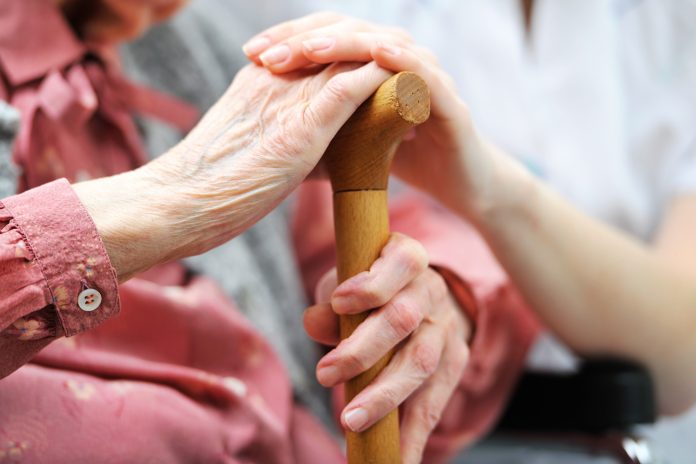The peak body for non-for-profit aged care providers Aged and Community Services Australia (ACSA) says the NSW roadmap for visitation in residential aged care must be emulated nationally, adding that the National Cabinet must set a policy which is applied consistently across all States and Territories.
ACSA welcomed the NSW Government’s announcement that double vaccinated people will be able to visit loved ones in aged care homes from 11 October.
“Additional protections will be necessary when there are high levels of Covid-19 community transmission. In particular, we advocate for providing of Rapid Antigen Tests to give extra protection for residents, staff and visitors,” says ACSA CEO Paul Sadler.
ACSA says it will continue to lobby governments to have a clear policy for how visitation in aged care will work when the virus is in the community but with high vaccination rates and low restrictions.
“Older people shouldn’t be left out of the roadmap out of lockdown. Older Australians in aged care have suffered through various types of lockdown for the longest period and we can’t just treat them like an afterthought,” says Mr Sadler.
“We need public health experts at the highest level to set a policy that balances all the pandemic risks against the absolutely critical need for social and personal support from family and friends.
“These are extremely difficult choices, because an outbreak in a residential home can be deadly and very hard on all residents and staff. This is the case even now that we are almost fully vaccinated in residential aged care.
“When restrictions start to ease, cases in the community will go up. That puts residential aged care at increased risk.
“All governments must have a clear policy and plan for our visitation in aged care that will work when the virus is in the community but we have high vaccination rates.”
Mr Sadler concludes, “We await the details of the NSW public health order which will enable visitation to recommence. ACSA is also keen to see Federal and State Governments resource aged care homes adequately to support safe visitation.”









